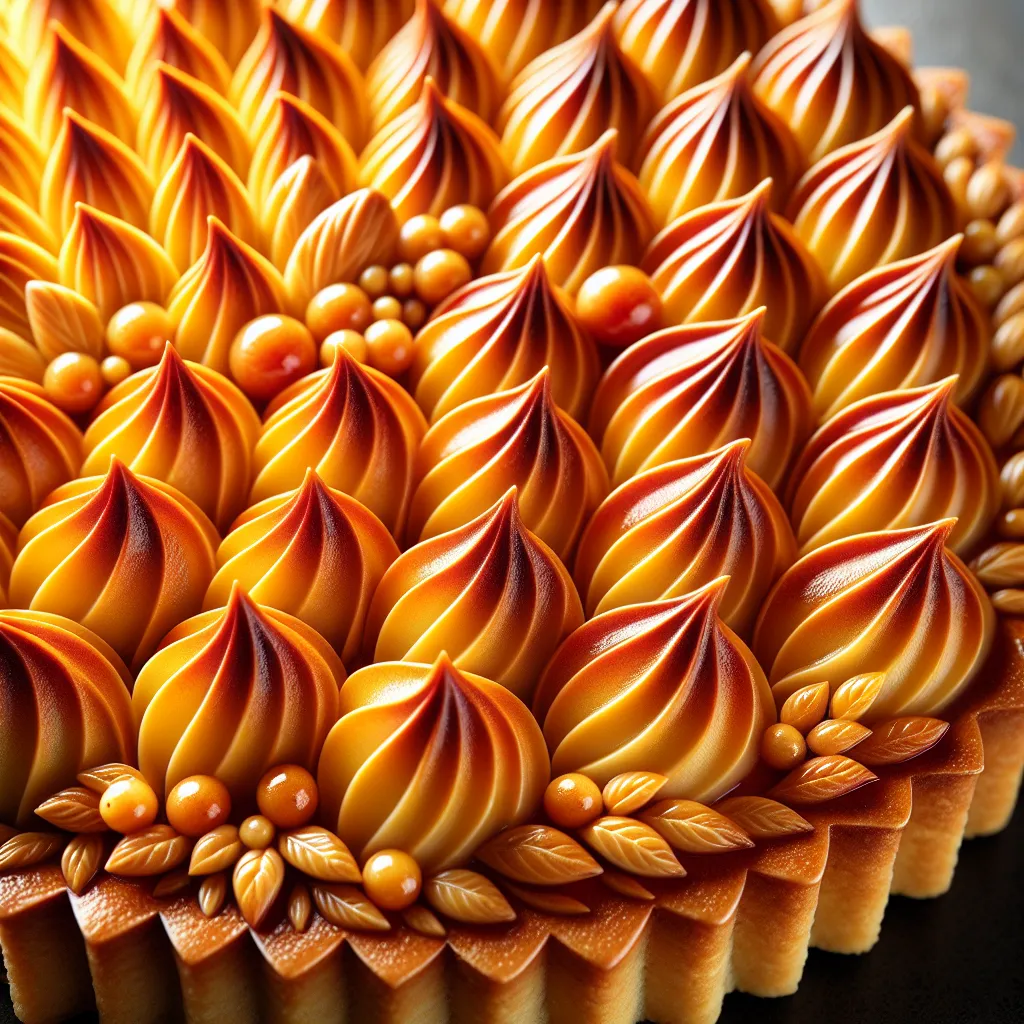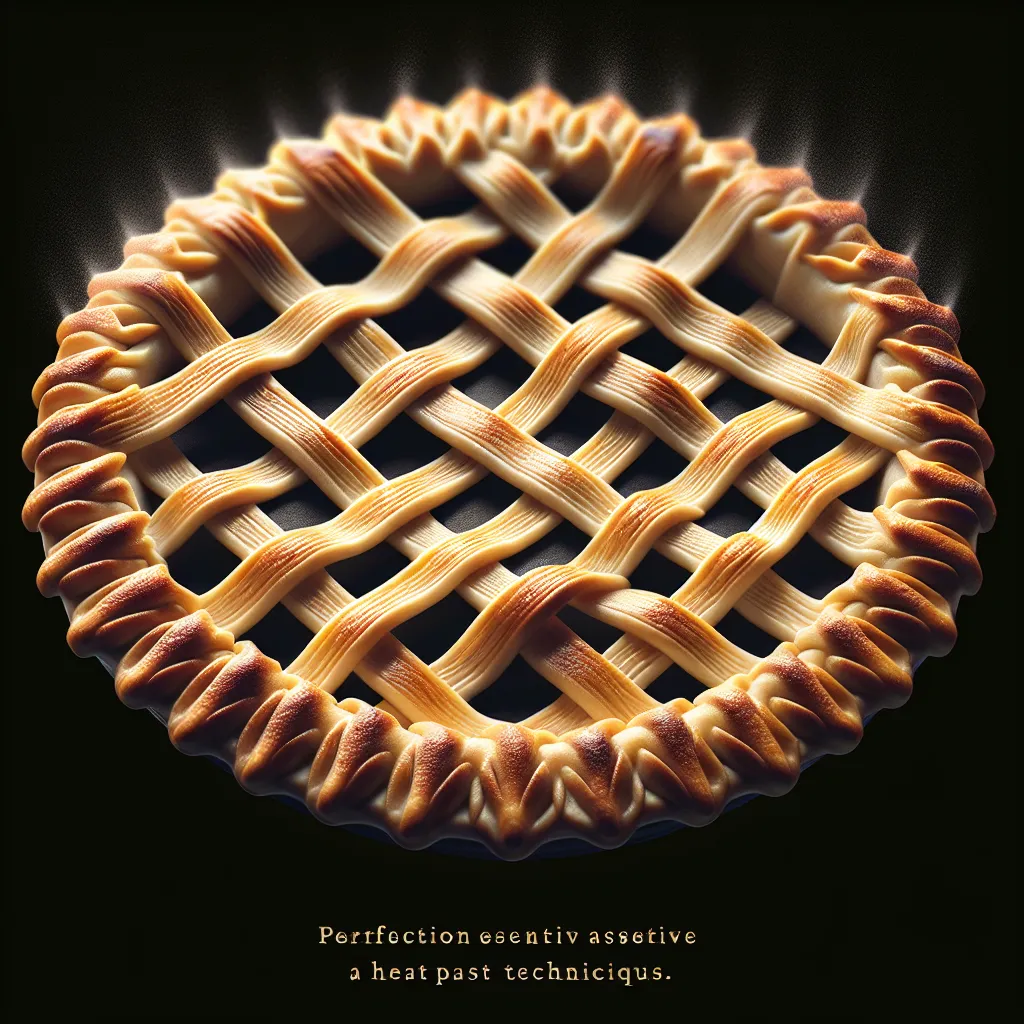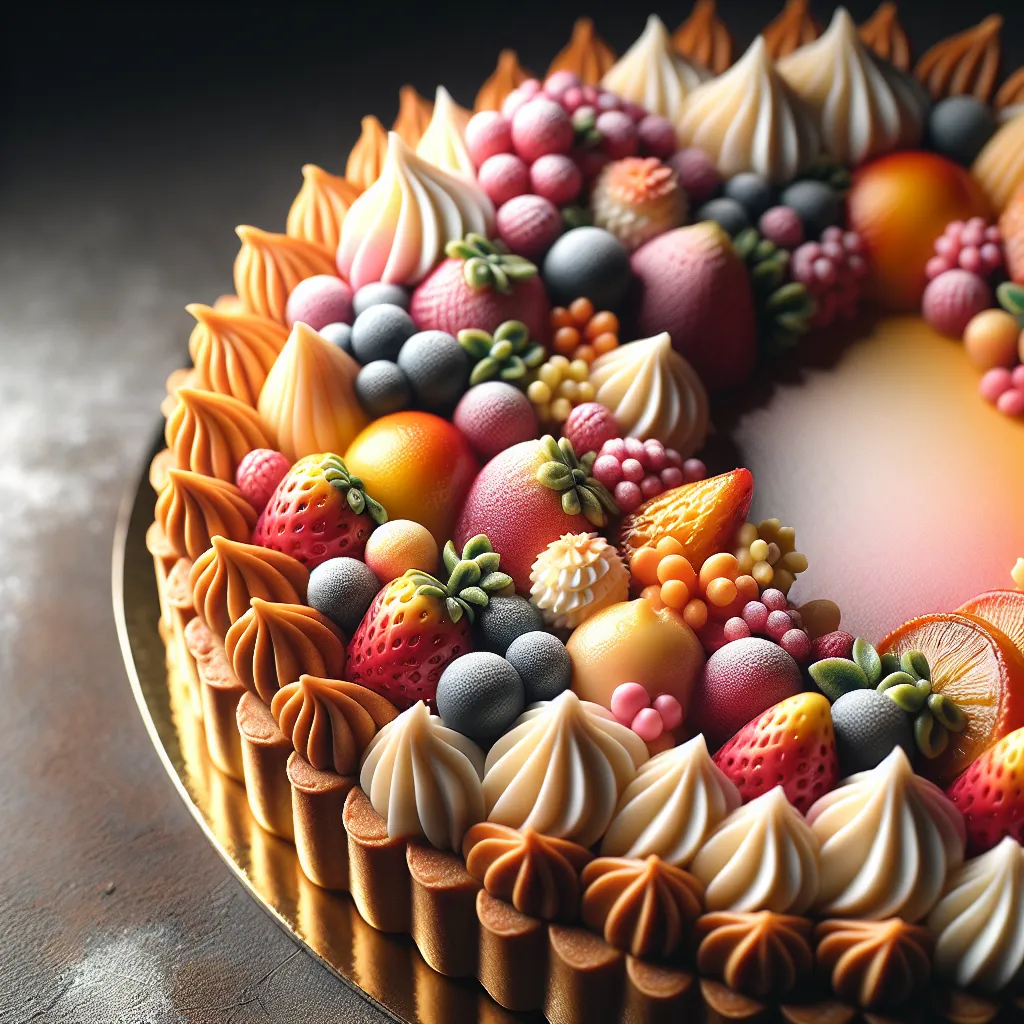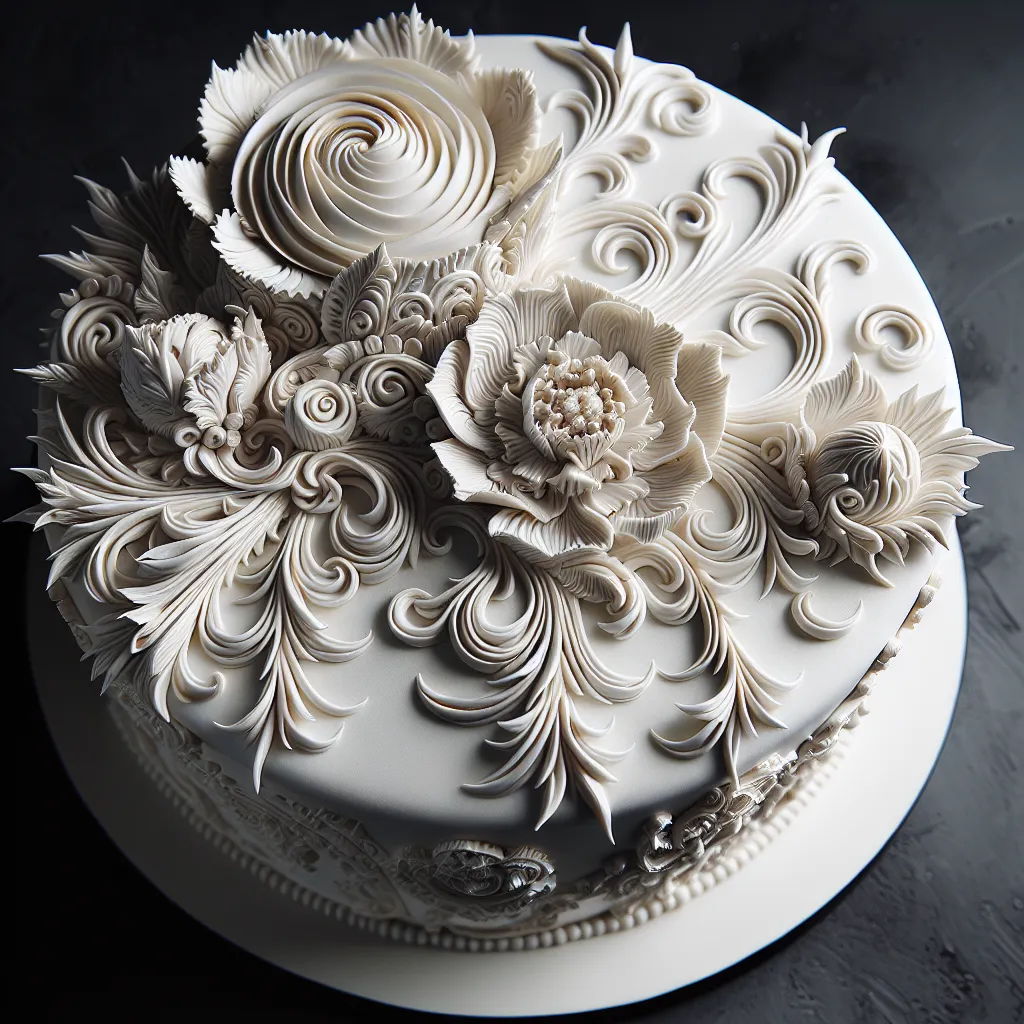Understanding the Role of Ingredients in Pastry Making
Understanding the role of ingredients in pastry making is essential for mastering pastry techniques, especially for beginners. Each ingredient plays a crucial role in the overall texture, flavor, and structure of pastries. Flour, for example, provides the structure and stability, while fat (such as butter or shortening) adds richness and tenderness. Sugar not only sweetens the pastry but also affects its browning and moisture retention. Additionally, eggs contribute to the structure, stability, and moisture of the pastry. It’s important to carefully measure each ingredient as even a slight variation can significantly impact the final product. By understanding the role of each ingredient, beginners can develop a better sense of how to manipulate them to achieve the desired pastry texture and flavor.
The Essential Tools for Mastering Pastry Techniques
Mastering pastry techniques requires the right tools to achieve the perfect results. As a beginner, it’s essential to have a set of basic tools that will help you hone your skills and create beautiful pastries. One of the essential tools for mastering pastry techniques is a good quality rolling pin. Whether it’s a traditional wooden rolling pin or a modern silicone one, having a reliable rolling pin will make it easier to roll out dough to the desired thickness. Another crucial tool is a set of pastry brushes for applying egg wash, butter, or glazes to pastries. These brushes come in different sizes and are essential for achieving the perfect shine and color on pastries. Additionally, a set of pastry cutters in various shapes and sizes will allow you to create different pastry shapes with precision. A high-quality pastry blender or dough cutter is also a must-have tool for blending butter into flour when making pie crusts or biscuits. Lastly, a digital kitchen scale is incredibly helpful for accurately measuring ingredients, especially for recipes that require precise measurements.
Perfecting the Art of Pâte Brisée and Pâte Sucrée
Mastering pastry techniques is an essential skill for anyone interested in the art of baking. One of the fundamental aspects of pastry making is perfecting the art of Pâte Brisée and Pâte Sucrée. These two types of pastry dough are the building blocks for many delicious desserts, making them an important foundation for any aspiring pastry chef.
Pâte Brisée, also known as shortcrust pastry, is a basic pastry dough used for sweet and savory pies, quiches, and tarts. It is made by combining flour, butter, salt, and cold water to create a crumbly and flaky texture. Mastering the technique of making Pâte Brisée involves understanding the importance of using cold ingredients, as well as the proper method of mixing and rolling out the dough to achieve the perfect consistency.
On the other hand, Pâte Sucrée, or sweet pastry dough, is slightly sweeter and more delicate than Pâte Brisée. It is commonly used for dessert tarts, fruit tarts, and tartlets. The key to perfecting Pâte Sucrée lies in achieving the ideal balance of sweetness and texture, often by incorporating ingredients like sugar, egg, and vanilla extract into the dough. Understanding the proper chilling and baking techniques is also crucial for achieving the desired results.
By mastering the art of Pâte Brisée and Pâte Sucrée, beginners can elevate their pastry-making skills and open the door to creating a wide range of delectable desserts. Whether it’s a classic apple pie or an elegant fruit tart, the ability to craft perfect pastry dough is a valuable skill for any aspiring baker.
Elevating Pastry Presentation: Tips for Beautiful Dessert Displays
When it comes to mastering pastry techniques, one crucial aspect that often gets overlooked is the presentation of the desserts. Elevating pastry presentation can make a significant impact on the overall dining experience, and it’s a skill that every aspiring pastry chef should cultivate. Here are some tips for creating beautiful dessert displays that will dazzle your guests and leave a lasting impression.
First and foremost, pay attention to the aesthetics of your desserts. Think about color, texture, and shape when arranging pastries on a plate or a platter. Incorporating a variety of textures such as smooth creams, crunchy nuts, or delicate fruit slices can add visual interest to the presentation. Moreover, using vibrant, fresh fruits and edible flowers can enhance the overall look of the dessert.
Furthermore, consider the use of different serving vessels to add visual appeal. Experiment with elegant glassware, vintage china, or contemporary plating options to complement the style of the dessert. The choice of the serving vessel can elevate the entire dessert presentation and contribute to the overall sensory experience.
Additionally, paying attention to the finer details such as garnishes and sauces can take the dessert presentation to the next level. Delicate chocolate shavings, spun sugar decorations, or artistic drizzles of fruit coulis can add a touch of sophistication to the final dish. Remember that less is often more, and a well-executed garnish can be the cherry on top of a beautifully presented pastry.
Finally, consider the overall composition of the dessert display. Balance is key – consider the visual weight and placement of each element on the plate or platter. Creating visual harmony through careful arrangement of components will ensure an aesthetically pleasing presentation.
Mastering the art of pastry presentation takes time and practice, but by paying attention to these details, aspiring pastry chefs can elevate their dessert displays and create memorable dining experiences for their guests.




